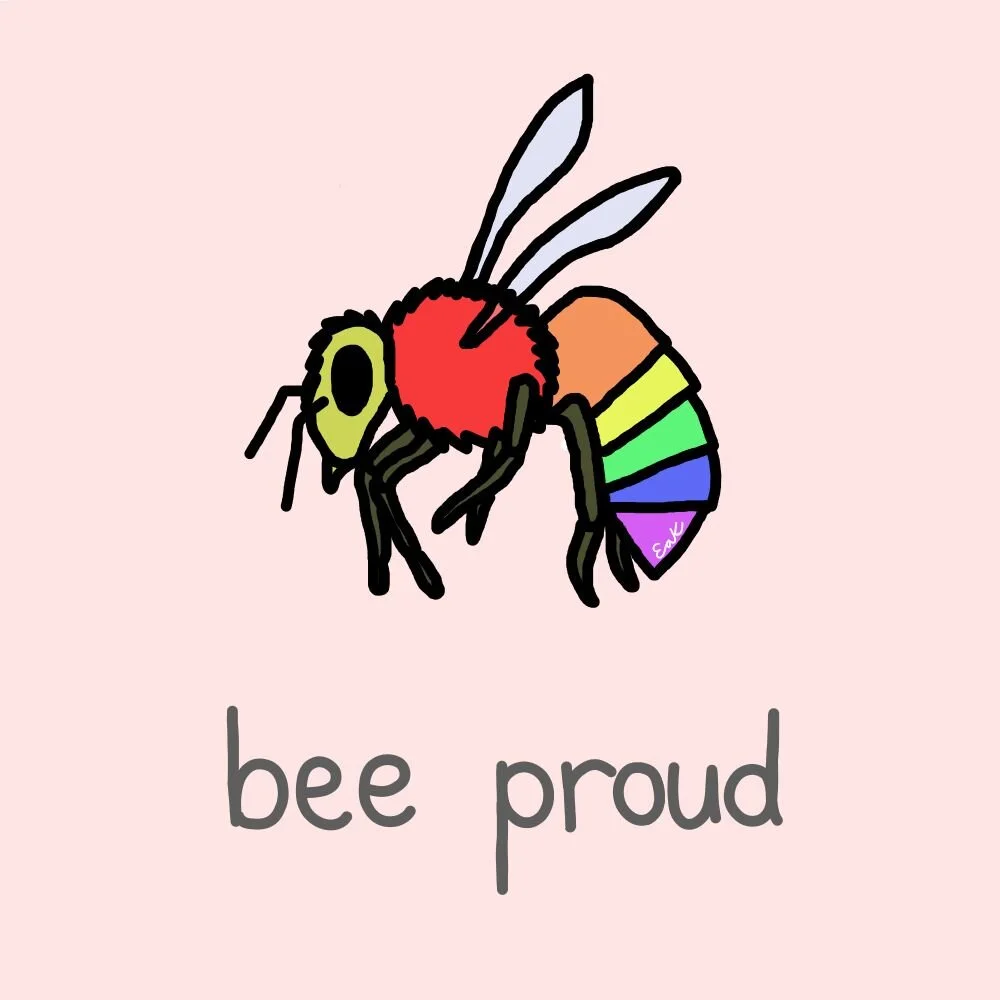written by School of Sexuality Education’S gayathiri KAMALAKANTHAN.
Decolonising Contraception is an organisation that promotes conversation about the unfair and harmful sexual and reproductive health practices that have stemmed from colonisation that impacts people of colour (POC). DC organise spaces to discuss how POC, and especially how queer POC can be empowered presently and in the future, with regard to their own sexual health and education.
The last panel discussion centred around POC LGBTQIA+ visibility - that is, the importance of seeing queer people of colour in local spaces, particularly, in hospitals and sexual health clinics. And not just that, but seeing people who look like you, openly speaking about their experiences, without shame.
One of the panelists, Dr Ronx, a queer, black A&E doctor, spoke about how patients in the paediaitric wards they work on open up to them (often for the first time) about their queer feelings. Dr Ronx carefully considers their words when speaking to young people - something which is apparent in their incredibly significant opening question when beginning these conversations: 'Hi, nice to meet you. What are your pronouns?'
There's a lot to learn from this.
As a Sexual Health Education facilitator, the first interaction I have with students in a session is important - my approachability is key. The colour of Dr Ronx's skin, the androgynous way they present, their open body language and immediately inclusive language mean that young queer patients recognise that Dr Ronx is someone they can confide in. Dr Ronx’s words are simple, but mean that a young person is given the nod to be themselves.
I asked how they talk to young people about sex - a topic which can be sensitive and where one can easily trip up over assumptions about the other person. When having to ask young people about their sexual and mental health for their own safety, I've at times found it difficult to land on the right words.
Aside from the training provided by the NHS to safeguard underage and young people regarding their sexual health, Dr Ronx has had a wealth of practice at asking non-leading, open ended questions:
What do you mean by sex?
Have you put your lips on anyone?
Has anyone put their lips on you anywhere?
Have you touched anyone who has been naked?
Do you like anyone at school?
Are they a boy or a girl? ('male presenting' or 'female presenting' depending on the age and understanding that the patient may have)
Do you feel a fluttering feeling when you see anyone in particular?
Having heard these questions spoken in an understanding and non-bias tone, I'm reassured that conversations with young people about their sexual health do not have to be one-sided interrogations or quick and embarrassing exchanges. People often mirror the feeling and body language presented to them. The more comfortable and non-restrictive we are as adults when talking sex, the more willing, young people will be to share.
Here's my own experience of visibility in the field of mental health.
I recently finished a block of counselling sessions with my therapist, who is a women of colour. At first, this did not strike me as important - she was a mental health professional and they all did the same job right? Not quite.
The more of myself I revealed, the more she proved that she was listening and deeply understood my anxieties that stemmed from cultural pressure. It made a difference that she didn't shrug off my dual lifestyle (nice, academic, Hindu daughter at home, queer sexual health educator everywhere else) as unnecessarily over-complicated or dramatic. Her understanding nods and hums were validating and in contrast with other counsellors I have seen who were dismissive of these inherited, cultural difficulties and the resulting pain.
A black audience member at the last DC event mentioned how her black midwives were the ones who alerted doctors to her continuing, severe pain. They were the ones who gave her the appropriate attention she deserved, who took her seriously and who she credits for saving her life. 'Black women both in the UK and globally have some of the worst reproductive health outcomes; black women are five times more likely to die in pregnancy'.
It's not that I can't be treated or seen by people who don't look like me or who haven't shared my experience. It's that there seems to be a disparity between the outcome of the treatment received by POC and that of their white counterparts.
So yes, visibility - seeing people that look like us - is important.
It gives us the confidence to voice ourselves and to believe that those words will be truly heard. We are emboldened by those in our community who feel like we do and who have said so.
Non-heteronormative, non-white pathways are not well-trodden and every step helps make our experience the known normal.
Our book ‘Sex Ed: An Inclusive Teenage Guide to Sex and Relationships’ is out now.





